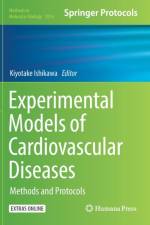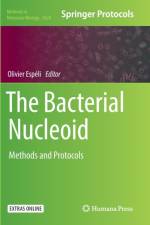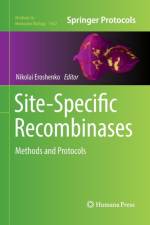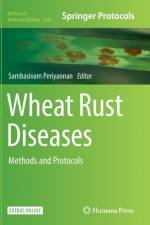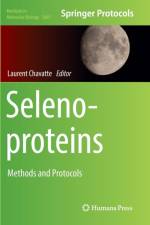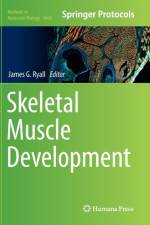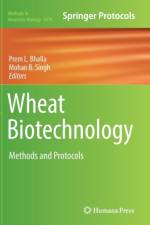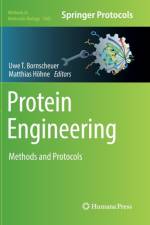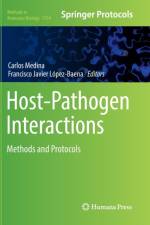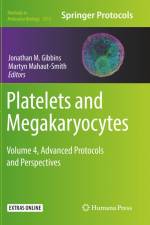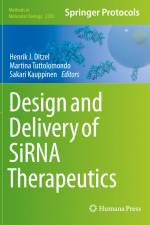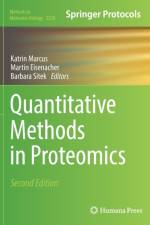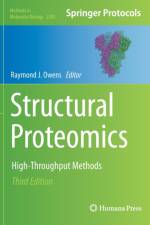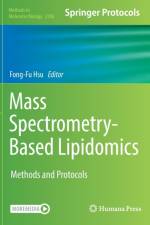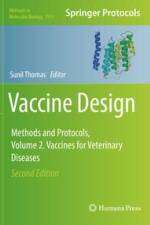av Katrin Marcus, Barbara Sitek & Martin Eisenacher
1 835
This second edition provides new and updated methods on the principles underlying modern protein analysis, from statistical issues to gel-based and mass spectrometry-based applications. Chapters detail protein quantification as basis for realisation of quantitative studies, gel-based and mass spectrometry-based quantification techniques, TMT, IPTL, PRM, MALDI Imaging, SILAC, PTM analysis, DIA, cross-linking, and the up-to-date topics of software and data analysis. Written in the highly successful Methods in Molecular Biology series format, chapters include introductions to their respective topics, lists of the necessary materials and reagents, step-by-step, readily reproducible laboratory protocols, and tips on troubleshooting and avoiding known pitfalls. Authoritative and cutting-edge, Quantitative Methods in Proteomics, Second Edition aims to provide comprehensive and competent overview in the important and still growing field of quantitative proteomics.

